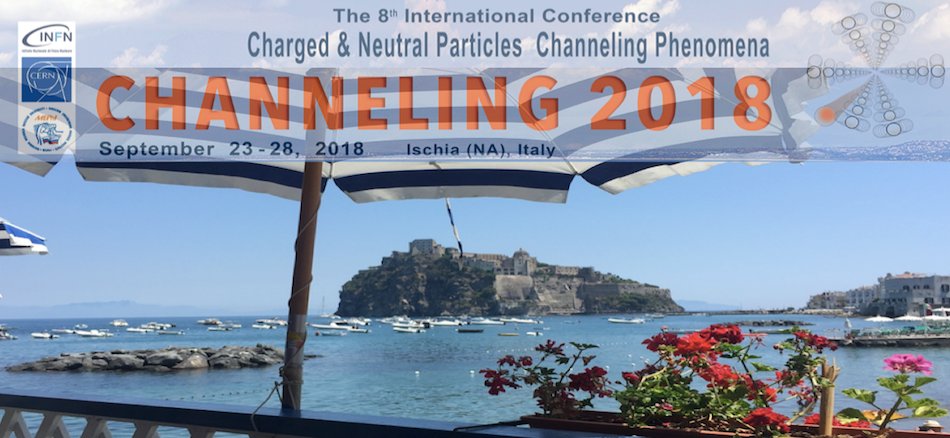Speaker
edward tsyganov
(cold fusion power int)
Description
Chemical energy sources (oil and gas) will run out in the next 30-50 years. In addition to the depletion of these sources, there is a so-called greenhouse effect, which imposes severe restrictions on the use of chemical fuels.
Nuclear reactors use uranium and thorium reserves of fissile materials that will last for no more than 100–200 years. In addition, the problem to hide the radioactive nuclear waste for a period of several thousand years has no any reliable solution.
During the last 25–30 years, the so-called cold fusion process in conductive crystals has being developed. This process is seen most in the case of implantation of deuterium atoms in heavy conductive crystals (palladium, platinum). The presence of conduction electrons in metals does not allow impurity atoms of deuterium in ground state to be localized in the deepest niches of the conductive crystal cell.
However, this problem has overcome during the implantation of the deuterium atoms in conducting crystals with the excitation of these atoms by about ~10 eV, which is essentially a chemical process. Through this, the cold fusion of deuterium atoms in the conductive crystal cell in the p-states becomes possible. If two such excited deuterium atoms are placed in the same cell of a conducting crystal in a close proximity to each other in the “crisscross” configuration, the quantum fluctuations of the deuterium nuclei with a frequency of about 1017 per second provide a fast fusion process producing a 4He* nucleus. The residual Coulomb repulsion between deuterons that already in the potential well of a strong interaction prevents the rapid γ−decay of the excited 4He*, which is in the state of orbital angular momentum l = 0. The release of the binding energy of 4He* of about 24 MeV in this case is carried out through the energy exchange of the excited nucleus with the crystalline lattice by the virtual photons with their spin being directed along the time axis (Richard Feynman’s condition).
Primary author
edward tsyganov
(cold fusion power int)

